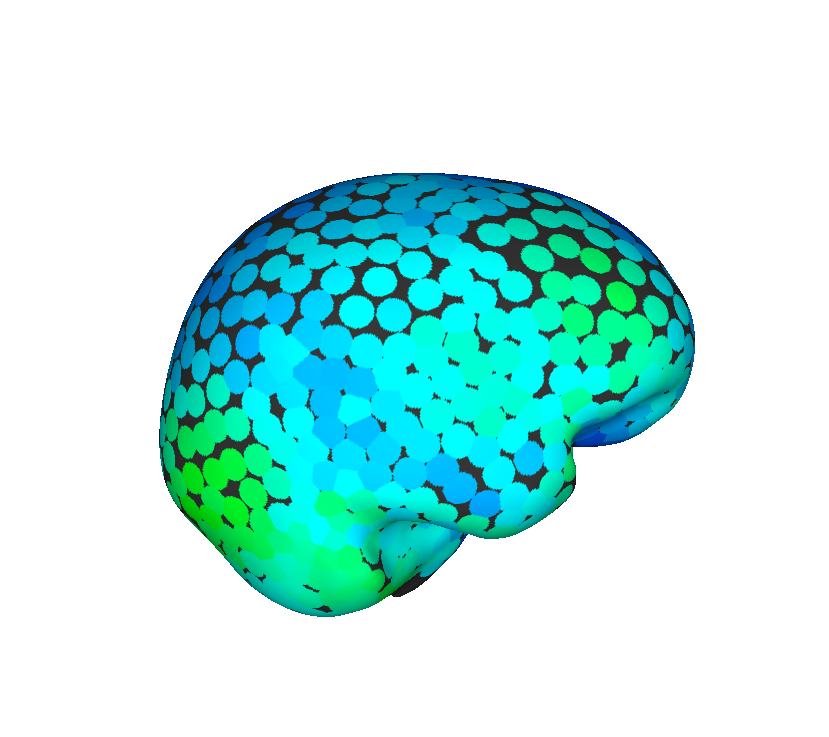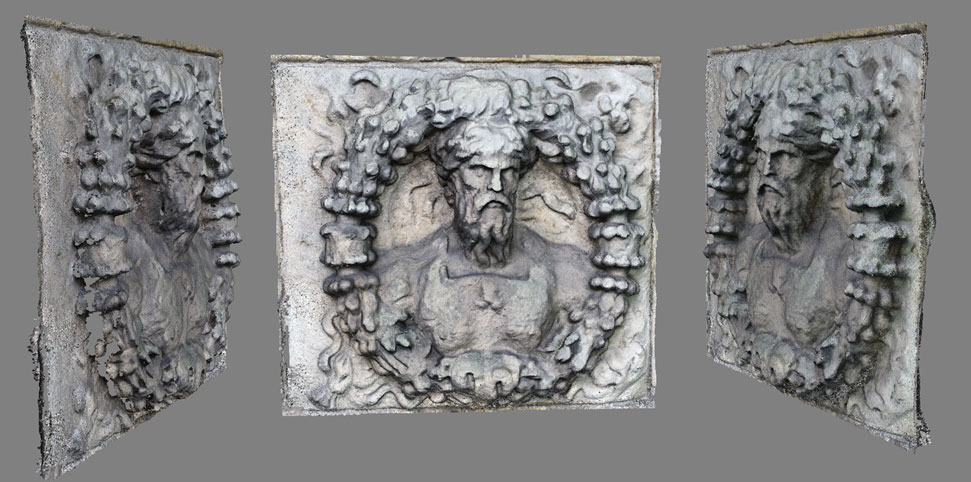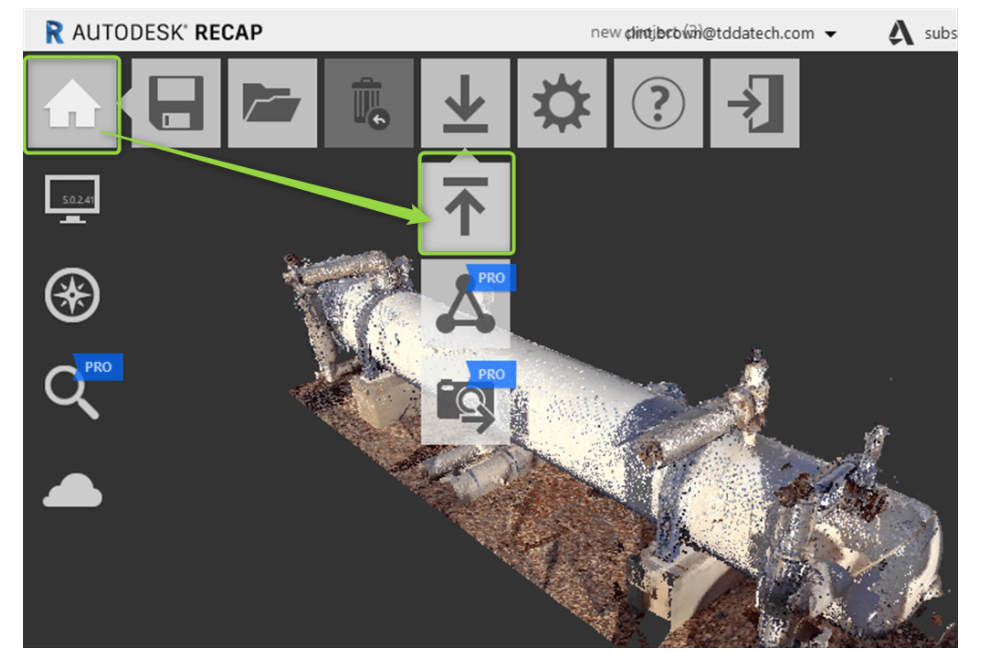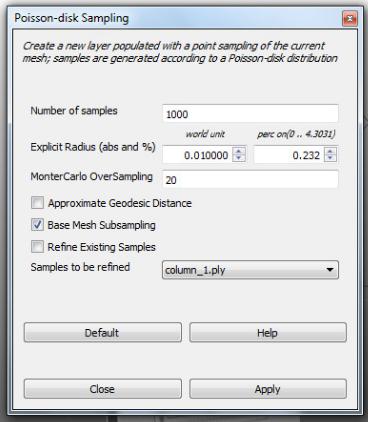

- Meshlab align point clouds registration#
- Meshlab align point clouds portable#
- Meshlab align point clouds software#
- Meshlab align point clouds code#

Then select another point cloud, click Point Based Glueing, then pop up a window, manually select match points on two point clouds, at least 4 pairs of points OK confirm. First, choose the reference point cloud, here will not pan the original point cloud of the rotation as a reference, then click Glue Here Mesh, and one as an asterisk appears in front of the Name. Then click on the Align button on the toolbar to register, and an Align Tool dialog box will pop up. In the Meshlab imported these two files, the rendering mode can be seen after you can see two points cloud, as shown below. This transform corresponds to the change matrix Tfor: Then the monkey head is flat and rotated in the Blender to another location, along the XYZ axis, respectively, three units, respectively, using the keyboard command: GX2, Gy2, GZ2), and then rotate around the Z-45 ° (RZ-45), finally output it as a PLY file.

Meshlab align point clouds code#
Next, the file that outputs it is PLY format (PLY file format is a set of three-dimensional MESH model data format developed by Stanford University, which allows files to store files in ASCII code format or binary form, in the field of graphics, PLY is commonly used And important file formats)
Meshlab align point clouds software#
Here, the open source three-dimensional modeling software BLENDER, first pressing the default cube in Blender, press SHIFT + A to create a monkey head Suzanne (Suzanne Is Blender's Alternative to more Common Test Models Such as the Utah Teapot and The Stanford Bunny, then add a modifier, and the Subdivision Surface will set the Render to 1, click Apply. In order to verify, you need to create a point cloud that does not match two positional postures.

Meshlab align point clouds registration#
Let's try the point cloud registration function in MESHLAB. export: PLY, STL, OFF, OBJ, 3DS, COLLADA, VRML, DXF, GTS, U3D, IDTF, X3D.import: PLY, STL, OFF, OBJ, 3DS, COLLADA, PTX, V3D, PTS, APTS, XYZ, GTS, TRI, ASC, X3D, X3DV, VRML, ALN.
Meshlab align point clouds portable#
To do so you can interpolate the corresponding value from the k-NN.MeshLabIt is an open source, portable and scalable three-dimensional geometric processing system, mainly used for interactive processing and unstructured editing 3D triangular mesh. You should also adjust other values, such as color, to better match the reconstruction (vertices not matching points). You can either switch to an interpolating method (if noise and outliers allow you), or to find the closest point for each vertex (using a 1-NN, as you are doing now) to label vertices.Ībove is valid for all discrete values. This method uses input points as positional constraints to improve the precision of the method, but it is still an approximating method, so output vertices are not guaranteed to match input points (and probably won't do). You mentioned in a comment that you were using the Screened Poisson Reconstruction. In the quick test I've made even the vertices order matches the points' one. Load the mesh at match the vertices with your original point cloud so you can recover the labels and any other associated attribute. The interpolating method is necessary in order to preserve the original points as the vertices of the mesh. Reconstruct the triangle mesh using an interpolating method such as a ball pivoting. As MeshLab is not able to open your labeled points cloud, I'd suggest to:Įxport your point cloud to a format readable by MeshLab (for example, the pcl::PointCloud you mentioned).


 0 kommentar(er)
0 kommentar(er)
